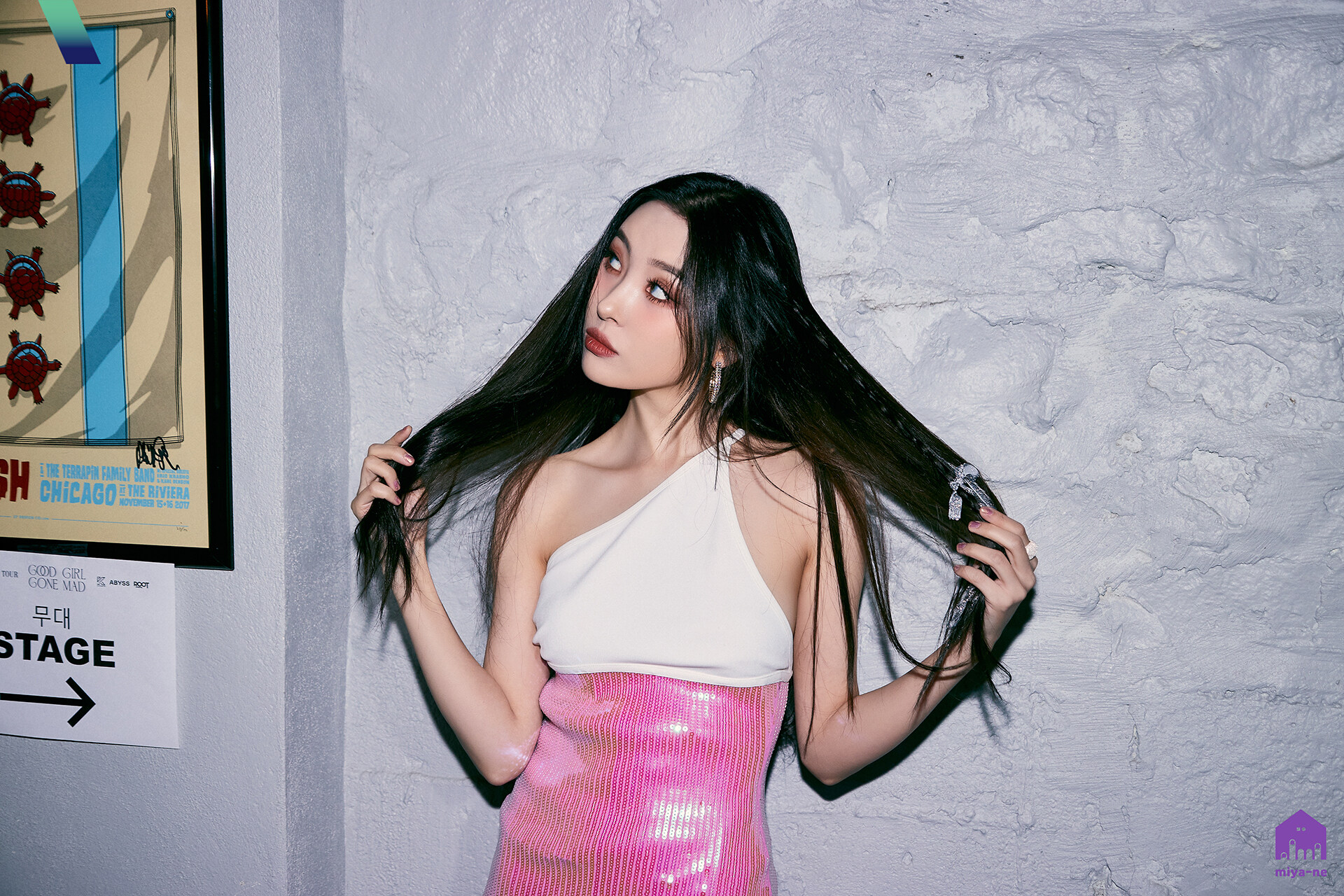K-Pop, or Korean Pop, has taken the world by storm over the past few years, with its infectious music, captivating dance performances, and stylish fashion sense. But the influence of K-Pop doesn’t just stop there. In fact, it has had a significant impact on the beauty and skincare industries, inspiring new trends and shaping beauty standards around the world.
BRB, taking a virtual trip to Seoul with the Water Sleeping Mask! "The Water Sleeping Mask is the end-all, be-all in terms of thirst-quenching moisturizers that still feel lightweight and absorb in a flash" – Allurehttps://t.co/S14BlguVMX
— LANEIGE U.S. (@laneige_us) August 26, 2022
One of the most notable effects of K-Pop on beauty trends is the increase in demand for Korean skincare products. K-Pop stars are known for their glowing skin, and fans have become fascinated with their skincare routines and the products they use. Korean skincare products are renowned for their quality and effectiveness, and they have become increasingly popular with consumers around the world. Brands like Laneige, Etude House, and Skinfood have gained a global following, and their products are now available in many countries outside of Korea.
Another impact of K-Pop on the beauty industry has been the rise of the “glass skin” trend. Glass skin refers to skin that is so clear, radiant, and smooth that it appears translucent and glass-like. This look is favored by K-Pop stars and is highly sought after by fans around the world. To achieve glass skin, many people are turning to Korean skincare products, which are specifically designed to hydrate and nourish the skin, making it look healthy and glowing.
In addition to skincare products, K-Pop has also had an impact on the beauty industry in terms of makeup. K-Pop stars are known for their bold and creative makeup looks, and their style has inspired a new generation of makeup artists and enthusiasts. Korean beauty brands like Innisfree, Missha, and Holika Holika offer a range of products, from bold and colorful lipsticks to innovative skincare-infused makeup. This has led to an increase in demand for Korean makeup products, as well as a growing trend towards using makeup to achieve a natural, radiant look, rather than a heavily made-up appearance.
Loving @holika_official ‘s Devil’s Plumper a lil bit too much🥺 I used Hellfire glowy topper on pink lipcream and Hellgate matte primer on red lipcream.
Which color do u think suits me the most? 👀 pic.twitter.com/ftsrkgNcT0
— Syadza (@Cilorconnoistre) August 15, 2021
Another way K-Pop has influenced beauty trends is through its fashion sense. K-Pop stars are known for their unique and stylish fashion, and they often experiment with different beauty looks and hairstyles. This has inspired a new generation of fashion and beauty enthusiasts, who are eager to try new and creative looks for themselves. From bright and bold hair colors to daring beauty experiments, K-Pop has helped to shape the beauty and fashion industries in new and exciting ways.
K-Pop has also popularized the idea of having a multi-step skincare routine, with fans around the world eager to replicate the glowing skin of their favorite idols. In Korea, it’s not uncommon to have a 10-step skincare routine, incorporating products like cleansing oil, toner, essence, serum, eye cream, and sheet masks. This has helped to raise awareness of the importance of taking care of one’s skin, and many people around the world have adopted similar routines as a result.
K-Pop has also helped to break down traditional beauty norms and has encouraged people to embrace their individuality. K-Pop stars are known for their unique fashion sense, and they often experiment with different beauty looks and hairstyles. This has helped to create a more inclusive and diverse beauty industry, with people from all walks of life feeling confident and beautiful in their own skin.
In recent years, K-Pop has also become a major influencer in the world of beauty and skincare. K-Pop stars are often brand ambassadors for skincare and makeup products, and their endorsement can have a significant impact on sales. This has led to a new form of marketing, with beauty brands partnering with K-Pop stars and utilizing social media platforms to reach a wider audience. This trend has been particularly successful in Asia, where K-Pop has a massive following, but it has also gained traction around the world.
In conclusion, the impact of K-Pop on beauty and skincare trends cannot be overstated. From the popularity of Korean skincare products to the rise of multi-step routines, and the influence of K-Pop fashion, this genre of music has had a significant impact on the way we think about beauty and skincare. Whether you’re a fan of K-Pop or not, there’s no denying that its influence on the beauty industry will continue to grow and evolve in the years to come.
Featured Image: Sunmi Official Twitter
